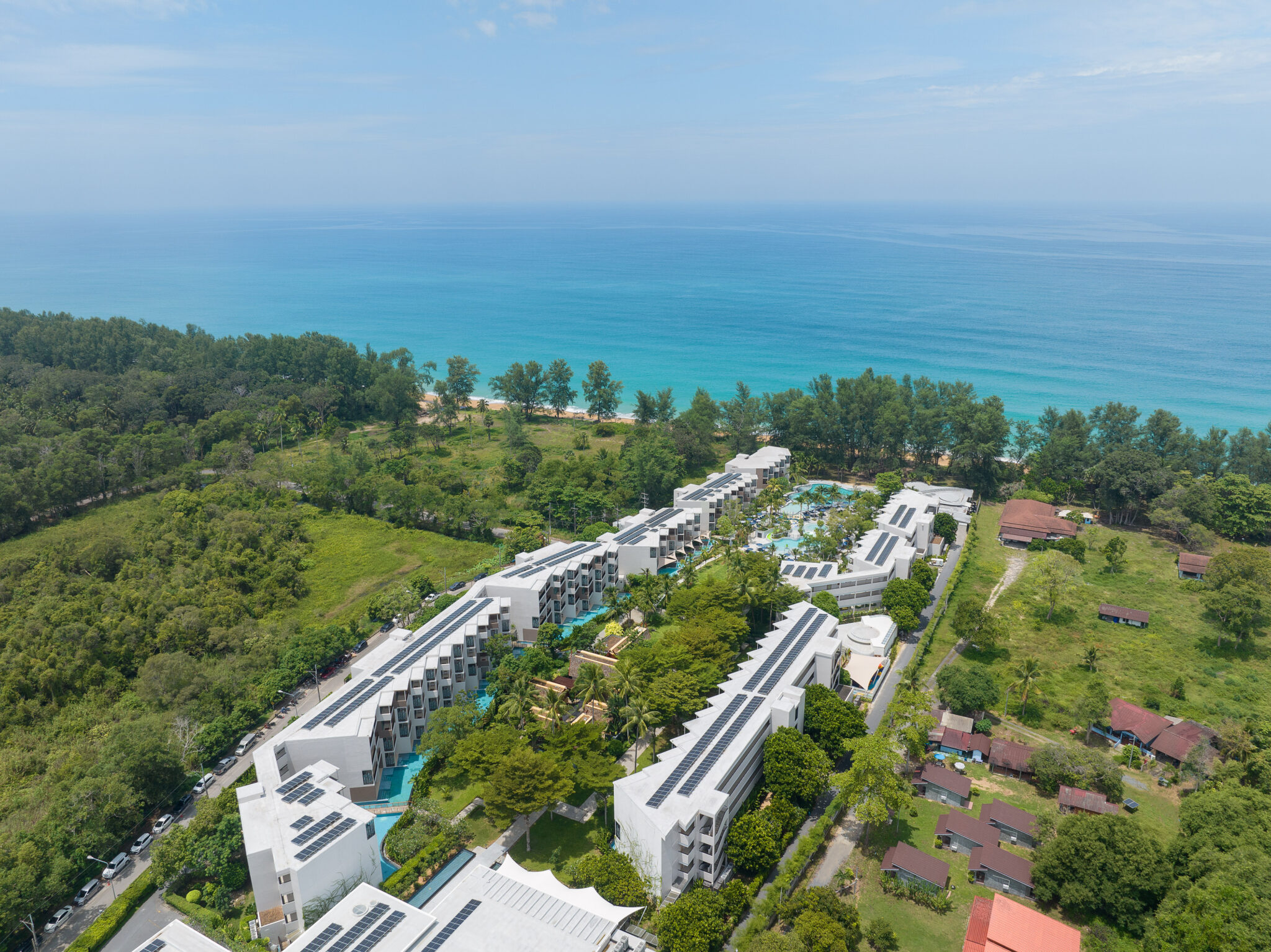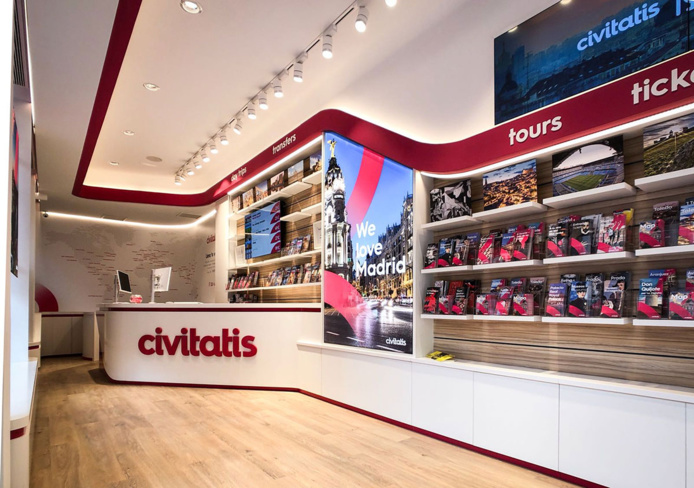
ICRA expects the Indian hotel industry to report double-digit revenue growth in FY2024, supported by the sustenance of domestic leisure travel, demand from meetings, incentives, conferences, and exhibitions (MICE), and business travel, along with an increase in foreign tourist arrivals (FTAs). The industry has also benefitted from the G20 summit and the ongoing ICC World Cup 2023. ICRA estimates pan-India premium hotel occupancy at ~70-72% in FY2024, after recovering to 68-70% in FY2023. Pan-India premium hotel average room rates (ARRs) are expected to be at ~Rs. 6,000-6,200 in FY2024.
While the occupancy is expected to be at decadal highs, the RevPAR is expected to remain at a 20-25% discount to the FY2008 peak. The medium-term demand outlook also remains healthy, supported by a confluence of factors including improvement in infrastructure and air connectivity, favourable demographics, and anticipated growth in large-scale MICE events with the opening of multiple new convention centres in the last few years, among others. The healthy demand amid relatively lower supply would lead to higher ARRs. Larger players would also benefit from revenues/share of profits generated from hotel expansions through management contracts and operating leases.
Vinutaa S, Vice President and Sector Head – Corporate Ratings, ICRA Limited, said, “Demand is expected to remain strong across markets in FY2024 as consumer sentiments continue to be healthy and corporate performance is stable. Hotel-specific demand, would, however, depend on location, competition, and other property-related dynamics. Further, domestic tourism would be the prime driver, although FTAs are likely to pick up in H2 FY2024. Mumbai and Delhi, being gateway cities, are likely to report occupancy north of 75% in FY2024, benefitting from transient passengers, business travellers, and MICE events. While Pune and Bengaluru could be laggards compared to other markets, they are also expected to witness significant improvement in FY2024 compared to FY2023. While trailing the FY2008 peak, the ARRs would witness a healthy YoY increase in FY2024. The sharp rise in ARRs of premium hotels also resulted in the spillover of demand to mid-scale hotels.”
Sustenance of a large part of the cost-rationalisation measures undertaken during the Covid period, along with operating leverage benefits, has resulted in a sharp expansion in margins compared to pre-Covid levels. The staff-to-room ratio remains ~15-20% lower than pre-Covid levels. Companies have increased their usage of renewable power while pass-through of the cost inflation and strict control on fixed costs increase have also supported margins. Asset-light expansions have been margin-accretive for larger hotel chains. However, there could be some moderation in margins from the FY2023 levels with hotels undertaking renovations and maintenance activities, albeit significantly higher than the pre-Covid levels. ICRA’s sample comprising 12 large hotel companies is expected to report operating margins of 25-28% for FY2024, as against 28-30% for FY2023 and 20-22% pre-Covid. De-leveraging of balance sheets has led to lower interest costs and would support net margins.
“ICRA expects the uptick in earnings and cashflows to support the capital structure going forward. The asset monetisations, if any, would largely pertain to non-revenue generating assets. Debt metrics for hoteliers are expected to be better than pre-Covid levels in FY2024. The extent of improvement in return on capital employed (RoCE) would, however, depend on expansion strategy and could be constrained by the high capital cost of new properties owing to increased land and construction cost, in case of asset-heavy expansion. The healthy business accruals have led to improvement in credit profiles in several companies. This has resulted in upgrades exceeding downgrades in FY2023 and YTD FY2024. About 94% of ICRA’s ratings are on stable outlook at present.”, adds Vinutaa.
The healthy demand uptick has resulted in a pick-up in supply announcements and the commencement of deferred projects in the last 12-15 months. However, supply, which is expected to grow at a CAGR of 3.5-4% over the medium term, would lag demand. Land availability issues currently constrain supply addition in premium micro-markets in metros and larger cities. Addition to premium hotel supply in these areas is largely on account of rebranding or property upgradation and greenfield projects are largely in suburbs. Sizeable supply announcements are seen in tier-II leisure, business, and religious destinations. There is also an increase in per room construction cost by 20-25%, with cost inflation, compared to pre-Covid levels.



 share
share





















































